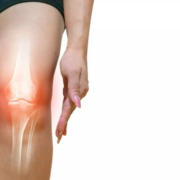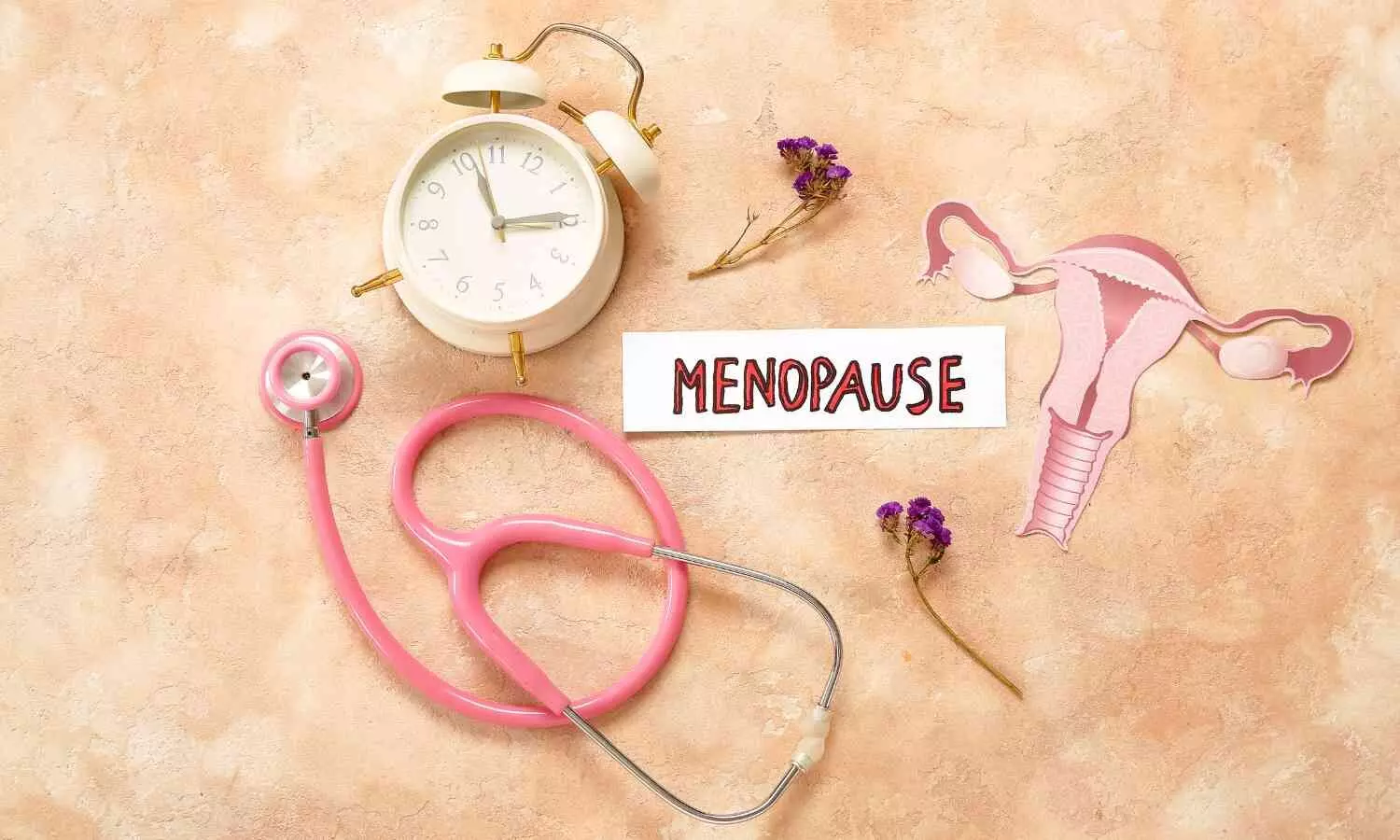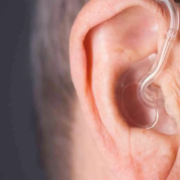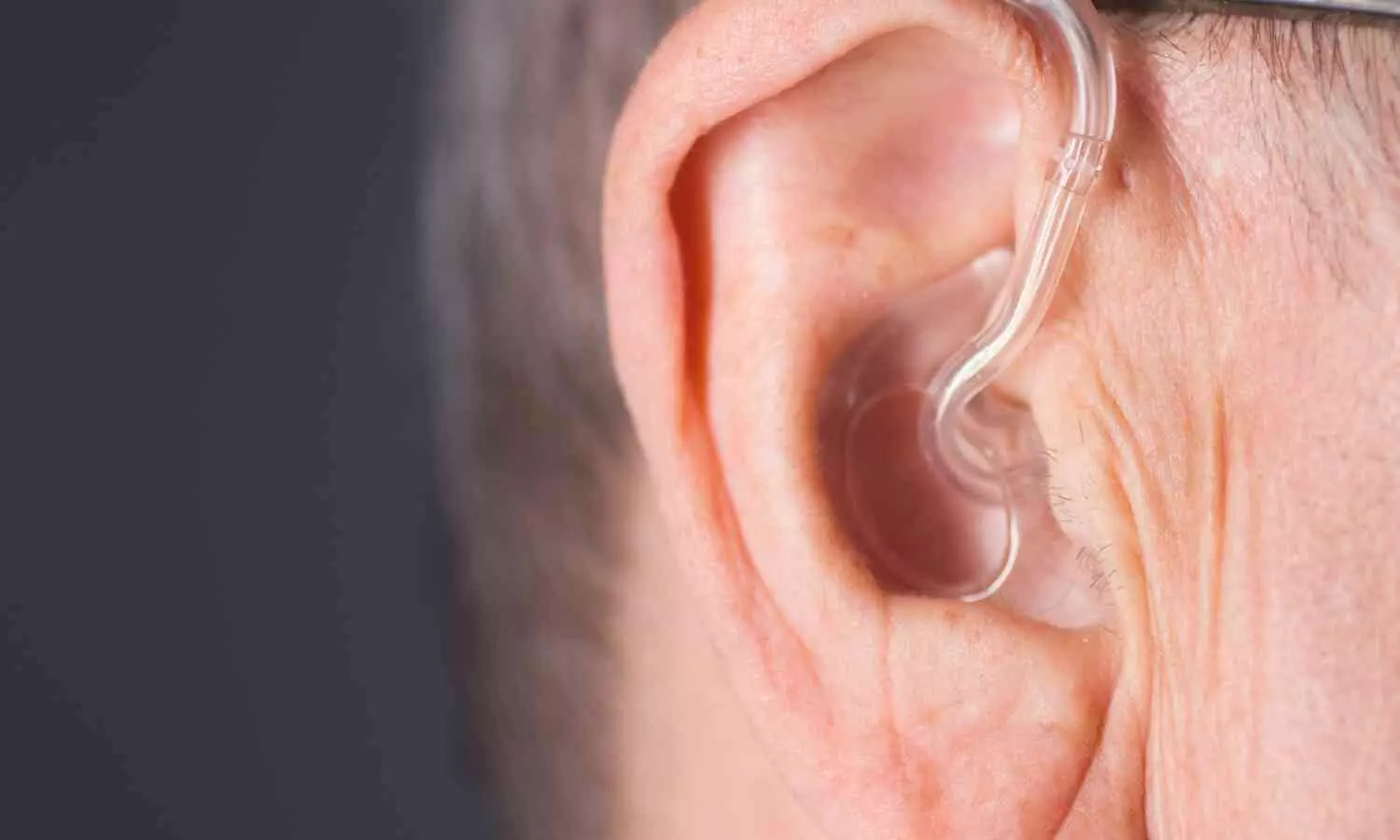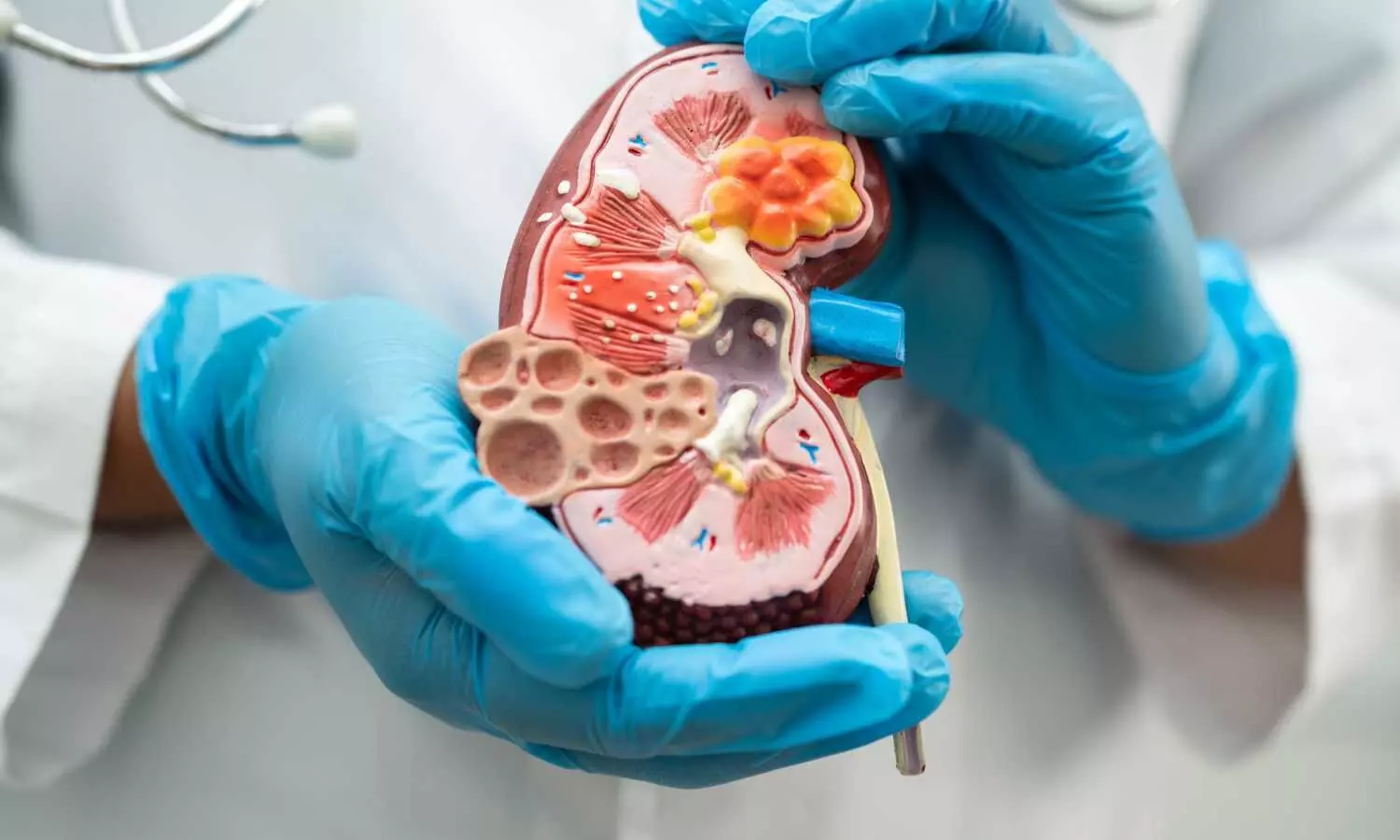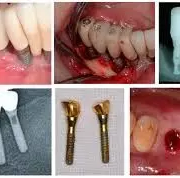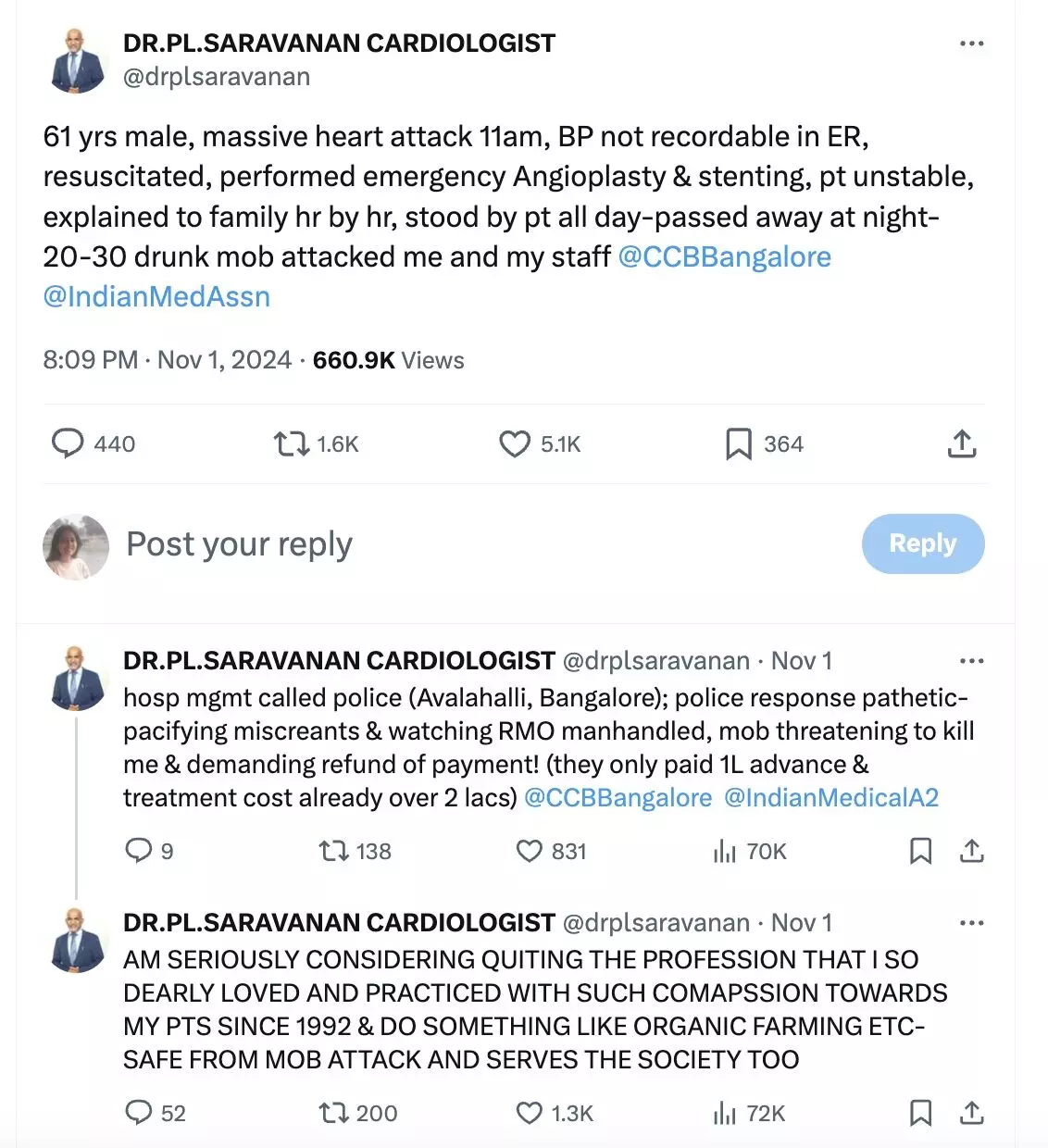Successful Breastfeeding Initiation Linked to Lower Risk of Postpartum Depression, Study Finds

Canada: A recent study published in the Journal of Obstetrics and Gynaecology Canada has found that successfully initiating breastfeeding is strongly linked to a reduced risk of postpartum depression (PPD).
Postpartum depression is a mood disorder that affects approximately 10-20% of new mothers, manifesting within the first year after childbirth. Symptoms include persistent sadness, fatigue, irritability, and difficulty bonding with the baby. The causes of PPD are multifaceted, involving hormonal, psychological, and environmental factors. However, recent findings have pointed to breastfeeding initiation as a potential protective factor against the development of PPD.
Against the above background, Anne-Sophie Roy and Nils Chaillet from Obstetrics and Gynecology, Faculty of Medicine, Laval University, QC, Canada, and colleagues aimed to assess the impact of successful breastfeeding initiation on postpartum depression among women who gave birth in Quebec.
For this purpose, the researchers conducted a secondary analysis of the “Quality of Care, Obstetrics Risk Management, and Mode of Delivery” (QUARISMA) trial, which took place in Quebec from April 1, 2008, to October 31, 2011. The trial aimed to reduce cesarean delivery rates in the region. The study included all women aged 18 and older who gave birth to a single baby at 37 weeks or later. To assess the effect of successful breastfeeding initiation on PPD rates, logistic regression was used. The results were reported using adjusted odds ratios (ORs).
The study led to the following findings:
- The study included 151,708 women, of whom 21,525 had unsuccessful breastfeeding initiation and 130,183 had successful breastfeeding initiation.
- The analysis revealed a significant link between successful breastfeeding initiation and a lower rate of postpartum depression, with 0.16% of women who successfully initiated breastfeeding experiencing PPD, compared to 0.29% in those who did not.
- The odds of developing PPD were 43% lower for women with successful breastfeeding initiation (OR 0.57), and this association was statistically significant.
The findings revealed that successful initiation of breastfeeding is strongly linked to a reduced risk of postpartum depression. The researchers suggest that, due to this association, breastfeeding initiation could serve as a potential preventive strategy for postpartum depression. As a result, health professionals are encouraged to incorporate discussions about breastfeeding initiation into their counseling with new mothers, emphasizing its potential benefits for maternal mental health.
“The success of breastfeeding initiation appears to offer more than just physical benefits for infants—it may also serve as an important factor in supporting maternal mental health. As research continues, healthcare providers must offer guidance and encouragement to mothers in the early postpartum period, ensuring that they have the resources and emotional support necessary to navigate the challenges of both breastfeeding and mental health,” the researchers concluded.
Reference:
Roy, A., & Chaillet, N. (2024). Relation Between Initiation of Breastfeeding Success and Postpartum Depression. Journal of Obstetrics and Gynaecology Canada, 46(11), 102666. https://doi.org/10.1016/j.jogc.2024.102666
Powered by WPeMatico


